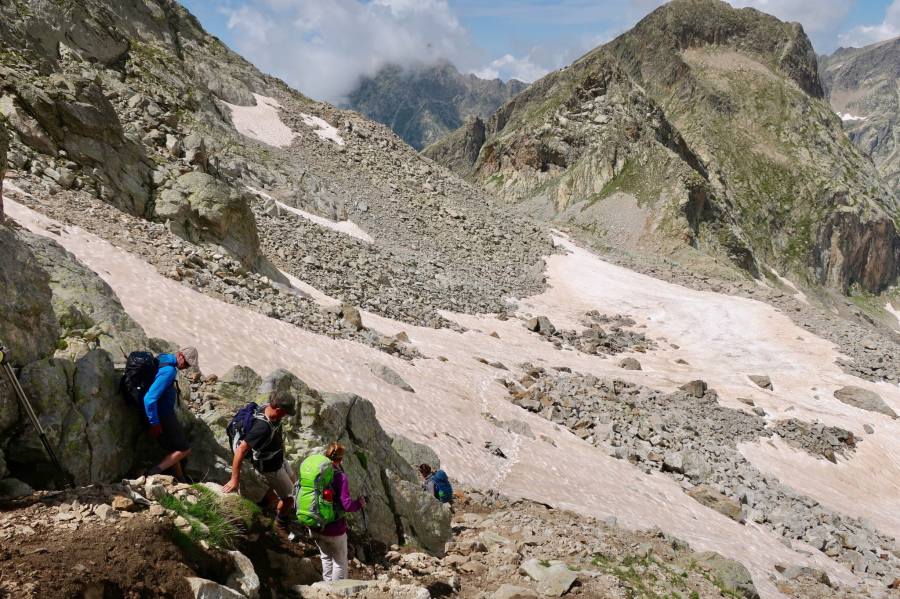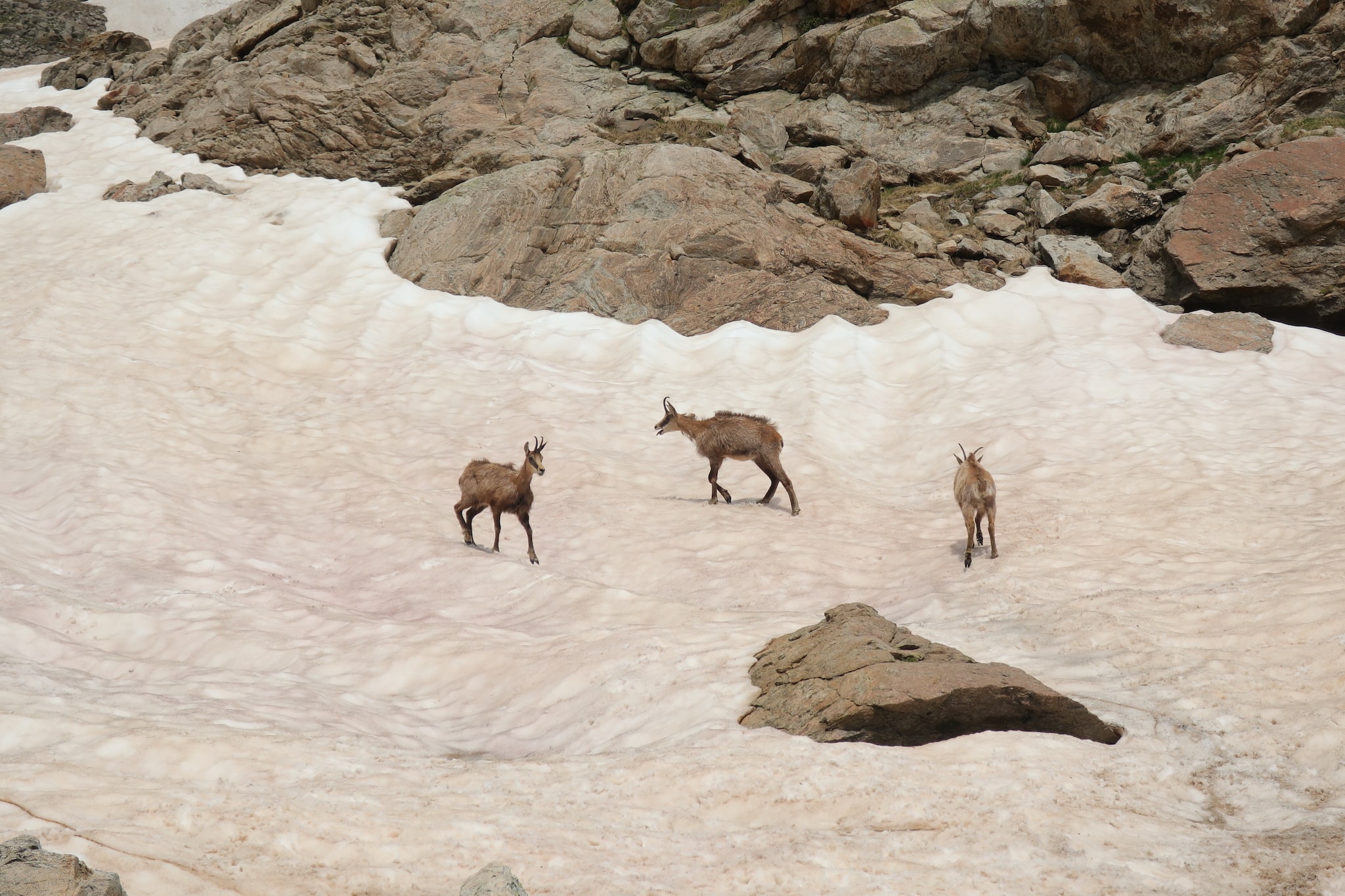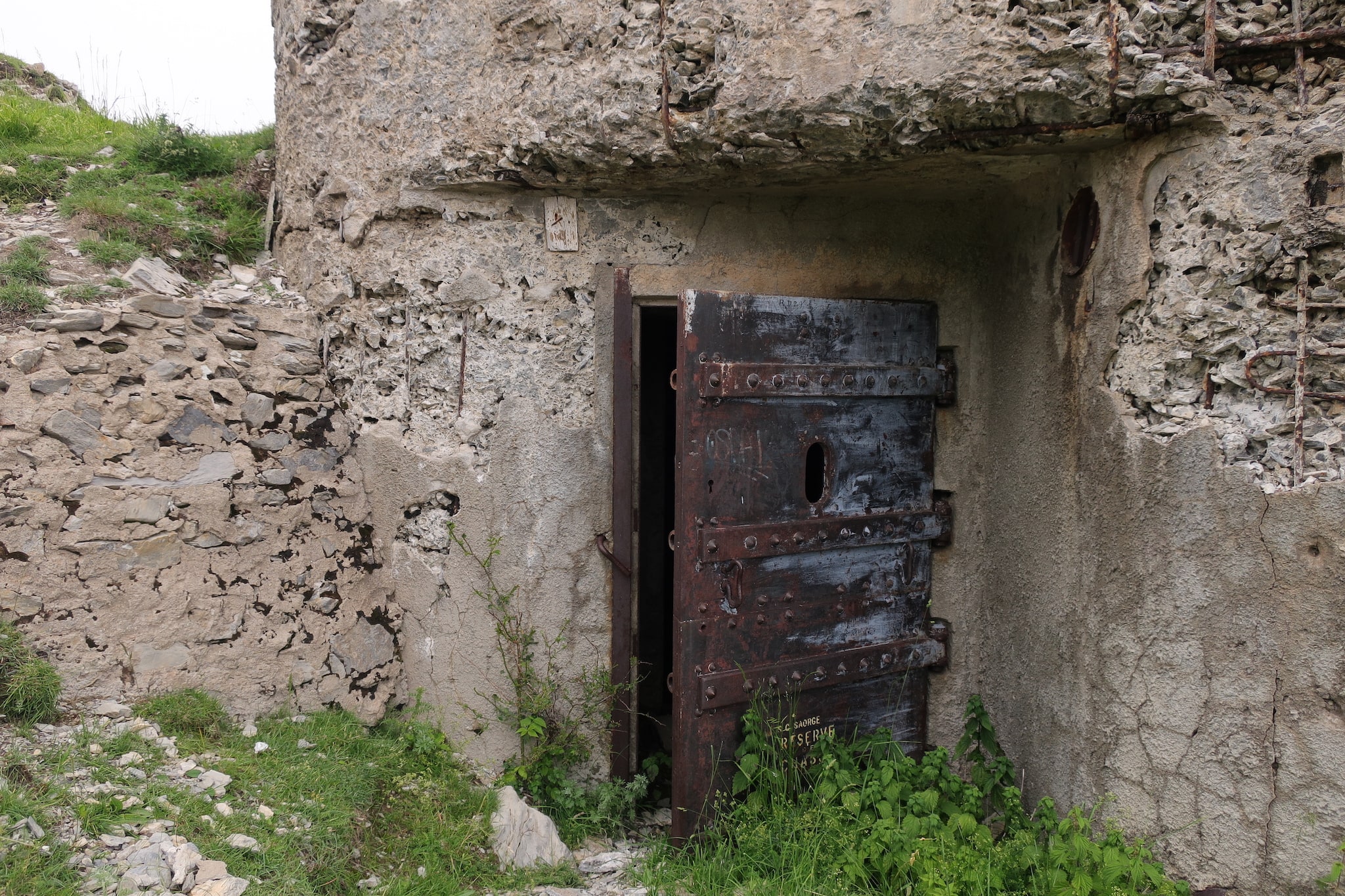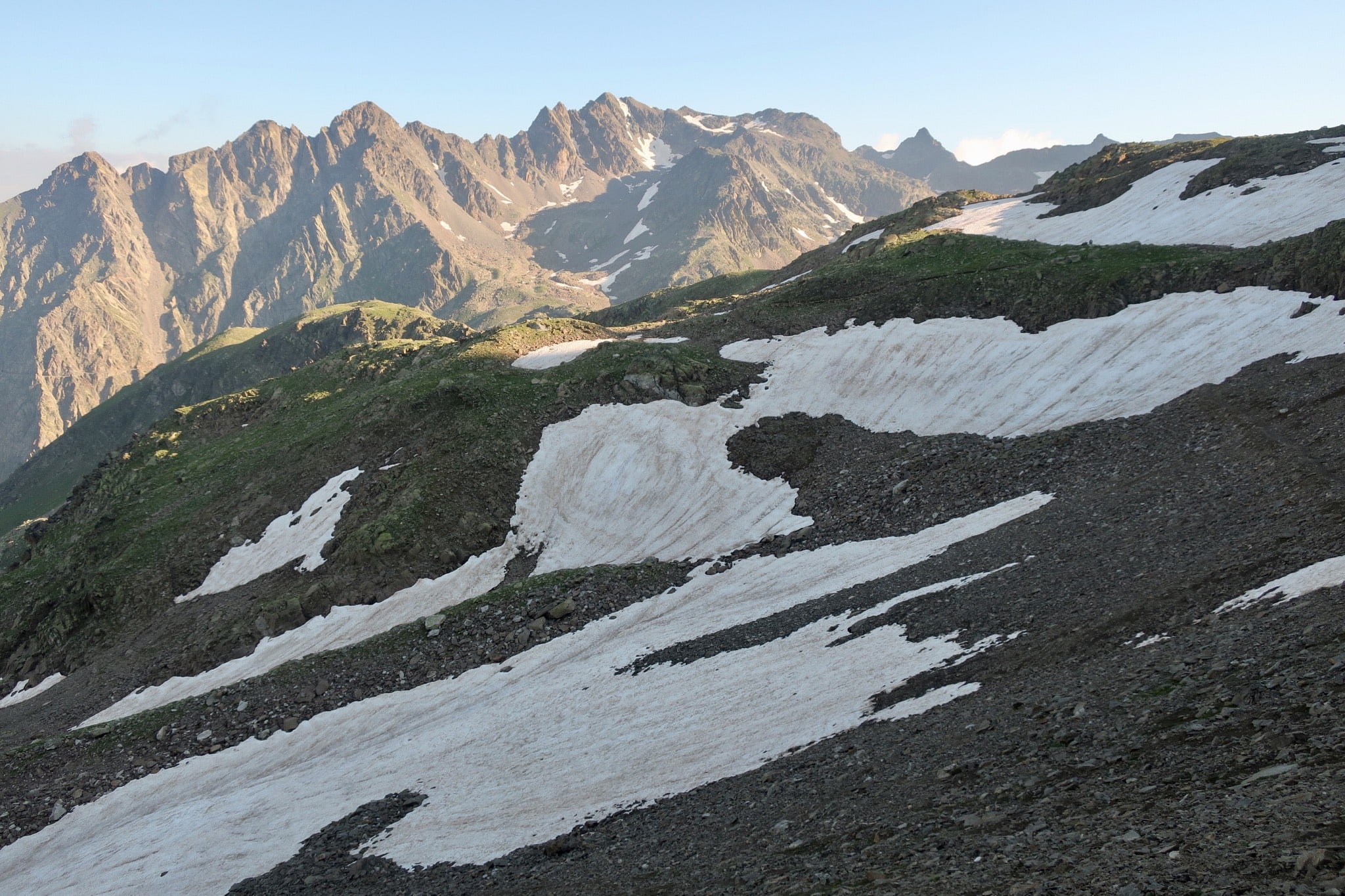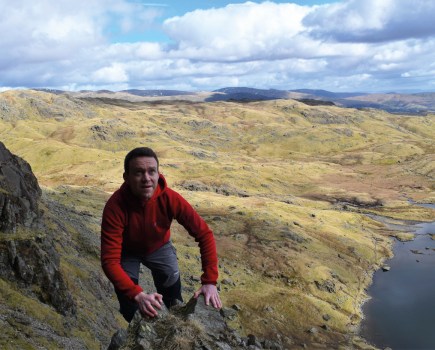Discovering the Mercantour National Park, a mountain wonderland tucked away in a corner of SE France
Our Online Editor Alex Roddie has recently returned from a long-distance trail in the Maritime Alps. His route, the Grand Traversée du Mercantour, stretched for 120 miles from the northern end of the National Park to the Mediterranean at Menton. A full feature on this very special walk will be published in a future print issue of The Great Outdoors, but for now here are seven reasons why you should consider this Alpine area as a destination for your own hiking. As Alex discovered, Mercantour is a region full of surprises…
By Alex Roddie
1. It’s wilder than many areas of the Alps
I’ve done a fair bit of hiking and mountaineering in the Alps over the last decade or so, and have visited several of the usual suspects, including Zermatt, Chamonix, Grindelwald, and Arolla. While these areas all have their charms – and the in-your-face mountain grandeur can’t be denied – they can’t really be called wild in any meaningful way. Even long-distance trails in these areas, such as the Tour of Monte Rosa, only flirt with genuine wildness between stretches of trail where ski infrastructure, cable cars, livestock farming, and energy developments intrude.
These human influences are present in the Mercantour National Park too – it’s no pristine wilderness – but the main walking routes through the area do an excellent job of avoiding obvious, large-scale human influence. The overall impression is an Alpine landscape where the human touch is more subtle, a whisper rather than a shout. If you want to look the other way and see nature rather than humanity’s handiwork, you’ll find that much easier here.
Another factor is that a 19.00-09.00 bivouac is permitted in the Mercantour National Park. In practice this includes low-profile wild camping with a one-person tent, although longer-term camps are banned (as are camp fires). The legality of wild camping is murky in other parts of the Alps so it’s great that walkers are allowed to do so here, if they take care to leave no trace.
2. The wildlife is something special
The Mercantour National Park is home not only to common Alpine mammals such as the marmot, ibex and chamois (all of which are easily spotted in the mountains), but also a wide range of invertebrates and plants. The forests through which you’ll roam for miles feature verdant undergrowth and the bright yellow splashes of laburnam flowers. Oh, and there is a population of wolves too, but don’t get too excited – I saw no trace of them, and it’s very rare to see a wolf in the wild. But the knowledge that they’re there certainly adds something to walking in these mountains.
3. The passes aren’t glaciated
One of the challenges of hiking in the high Alps of Switzerland is that many of the passes are covered by crevassed glaciers. This is a major complication – at best, you’ll need to plan carefully and obtain detailed knowledge, not to mention carry specialist gear (and in many cases walk roped up with an experienced friend). It can be difficult planning a long route that both avoids glaciers and still visits high and wild areas.
There are no such worries in this corner of the Maritime Alps. Snowfields can affect many routes until well into the summer, but there are no complications with crevasses, and popular routes tend to be well stepped-out. This makes planning a big route significantly easier – and backpackers with experience of winter walking will have no concerns about travelling alone. Snow gear may still need to be carried on certain routes, but you won’t need harness, rope and ironmongery.
4. The footpath network is excellent
Several long-distance trails thread this region, the best of which is the GR52, commonly regarded as one of the best multi-day mountain hikes in Europe. Crossing several challenging passes in the wildest and most rugged corner of the National Park, the GR52 forms the second half of the Grand Traversée du Mercantour. It’s a world-class stretch of trail. A highlight is the Valée des Merveilles (Valley of Marvels), a protected area where more than 10,000 Bronze Age rock carvings have been recorded on many of the gigantic boulders strewn over the valley floor.
Like in most parts of the Alps, the footpath network is maintained, signposted and waymarked. Whether this detracts from any sense of wildness is up to the individual, but it can’t be denied that it removes an element of doubt from navigation, allowing you to focus on the walking.
5. It’s easy to get to
Regular flights wend their way between Gatwick and Nice, and buses will transport you from Nice to many of the mountain centres in the region, including Saint-Etienne-de-Tinée, where I began my walk, and Saint-Martin-Vésubie, a common access point for the GR52.
6. Wartime heritage adds an extra dimension of interest
A factor I hadn’t anticipated is that my chosen route, which wove back and forth over the French/Italian border, coincided with a section of the old Maginot Line. I encountered dozens of crumbling fortifications, bunkers, gun emplacements and ruined barracks on my travels. I even found two tanks! Rather than detracting from the sense of wildness, I found these remnants fascinating – and it was a pleasure to see how nature was reclaiming a landscape once dominated by conflict. If you have an interest in military history, the Grand Traversée du Mercantour is a route worth considering.
7. The weather is often stable and warm
While other parts of the Alps can be affected by weather patterns coming in off the Atlantic, Mercantour is close to the Mediterranean. Good weather is by no means guaranteed but temperatures tend to be mild during the summer and nights rarely drop below freezing. Regular patterns of afternoon thunderstorms often affect these mountains though, and they can be savage. I encountered three large storms during my trip, but they invariably began after 17.00, by which time I was usually down from the high ground. Your mileage may vary!
All images (C) Alex Roddie 2018

